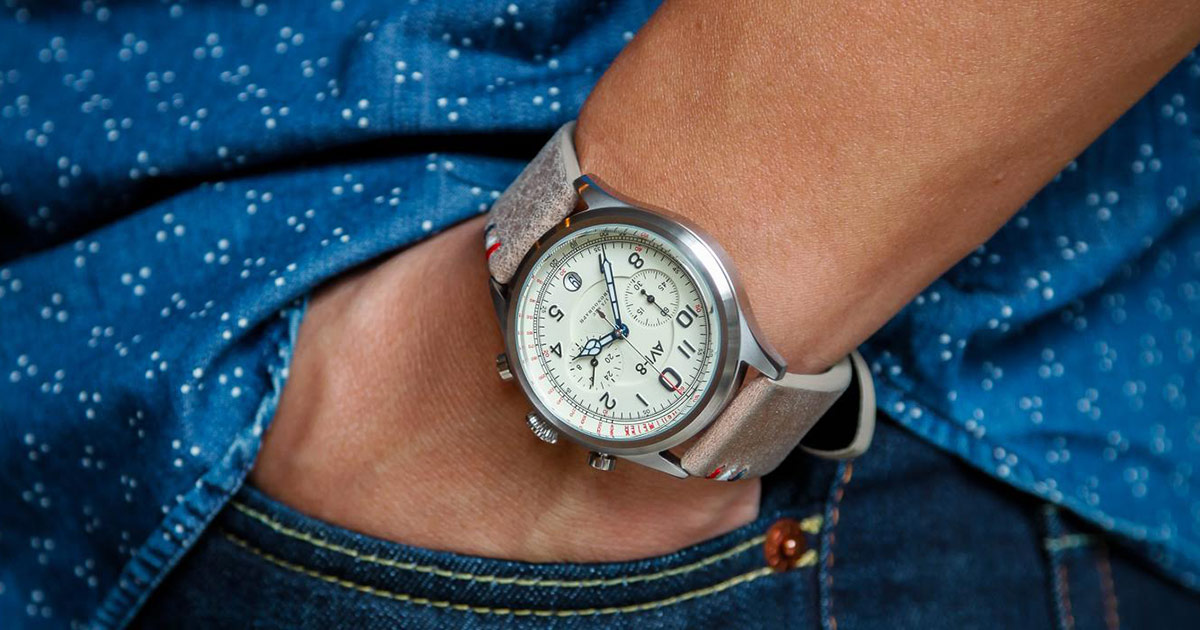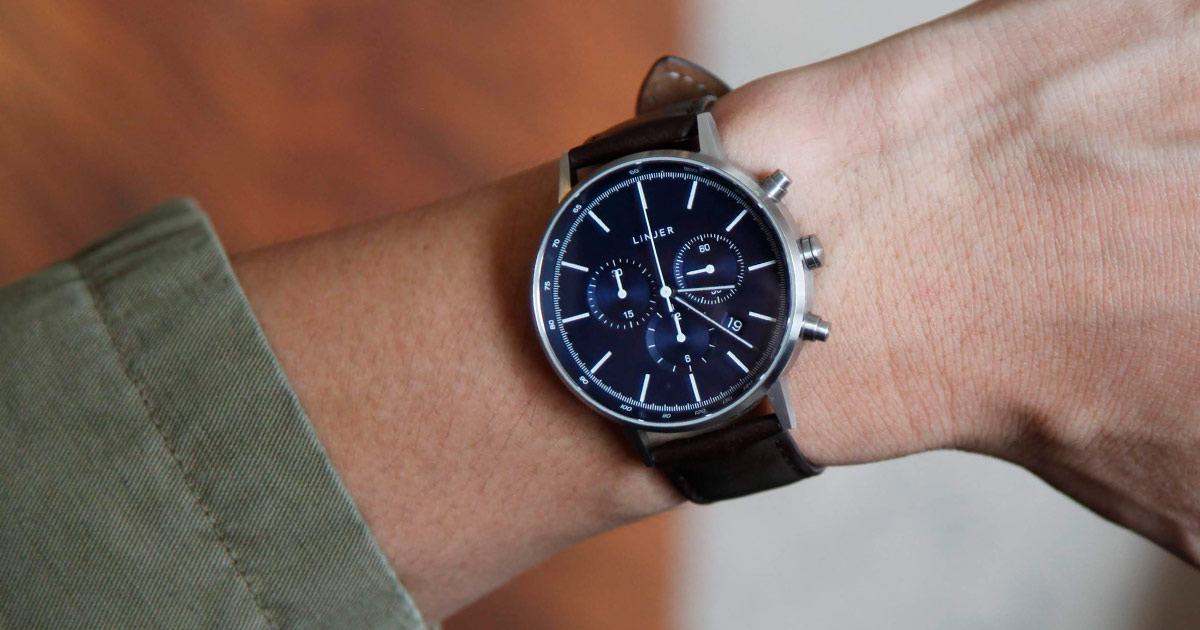From the Zenith El Primero to the Speedmaster, even the newest of
Other than being a popular (and very cool-looking) tool
So let’s get right to the main question here:

What is a chronograph watch ?
Simply put, a modern chronograph
This second sweep hand doesn’t move until you’ve activated it to track elapsed time.
Chronographs can even be simpler than the three-subdial versions we all know about. The most basic kind only needs an independent second sweep hand and a minutes subdial.
What is a chronograph watch used for?
Other than telling time, a chronograph
It gives you the amount of time it takes to start and finish something. In fact, the word “chronograph” basically just means stopwatch.
Back in 1815, French watchmaker Louis Moinet invented the chronograph pocket
In 1821, another French watchmaker, Nicolas Mathieu Rieussec, built one for horseracing and gave it the name “chronograph.”
Later, in the 1930s, pre-Speedy Omega chronographs were used as stopwatches at the Olympic games. The Speedmaster itself debuted in 1957, and was built for timing races on the tracks, then ended up going to the moon.
Chronographs, in general, are highly associated with racing.
These days, we have more digital forms of technology to measure elapsed time and make permanent records of it. Chronograph
Speaking of automatics…
What is the difference between an automatic watch and a chronograph?
An automatic watch is one that is powered by an automatic movement, that is self-winding and is powered from the movement of your wrist.

Since a chronograph is simply a
There’s a lot of debate as to who first produced the automatic chronograph.
Some say it was Zenith’s El Primero in 1969, and others insist it was Seiko’s 6139 automatic chronograph, also in 1969. Most, however, credit Tag Heuer, for their Caliber 11 which powered a 1969 Carrera.
What are three dials on a chronograph watch ?
When you activate the stopwatch’s sweeping second hand, one subdial will track elapsed minutes. Another subdial will track elapsed hours. The last subdial is the running seconds dial for the time-telling function.
Is a chronograph watch worth it?
If you find one you love, then yes. A lower-priced automatic chronograph will likely be in the $500-$1000 range, like the Tissot V8. You can find cool-looking budget quartz chronos, like the Timex Weekender Chronograph, for extremely low prices.
Some are super high-priced because they have other complications, as does the Breitling Bentley GMT, which is a Swiss automatic that’s both a chronograph and a GMT.
Others, the Speedmaster for example, are high-priced because of their high performance and legendary status.
We hope that was helpful!
The chronograph is one of the most popular complications for
And hey, it makes perfect sense to combine time-telling with time-measuring.
What’s hope this helps make this complication seem less complicated!
What’s your favorite chronograph? Let us know by hitting us up on Facebook or Instagram.
